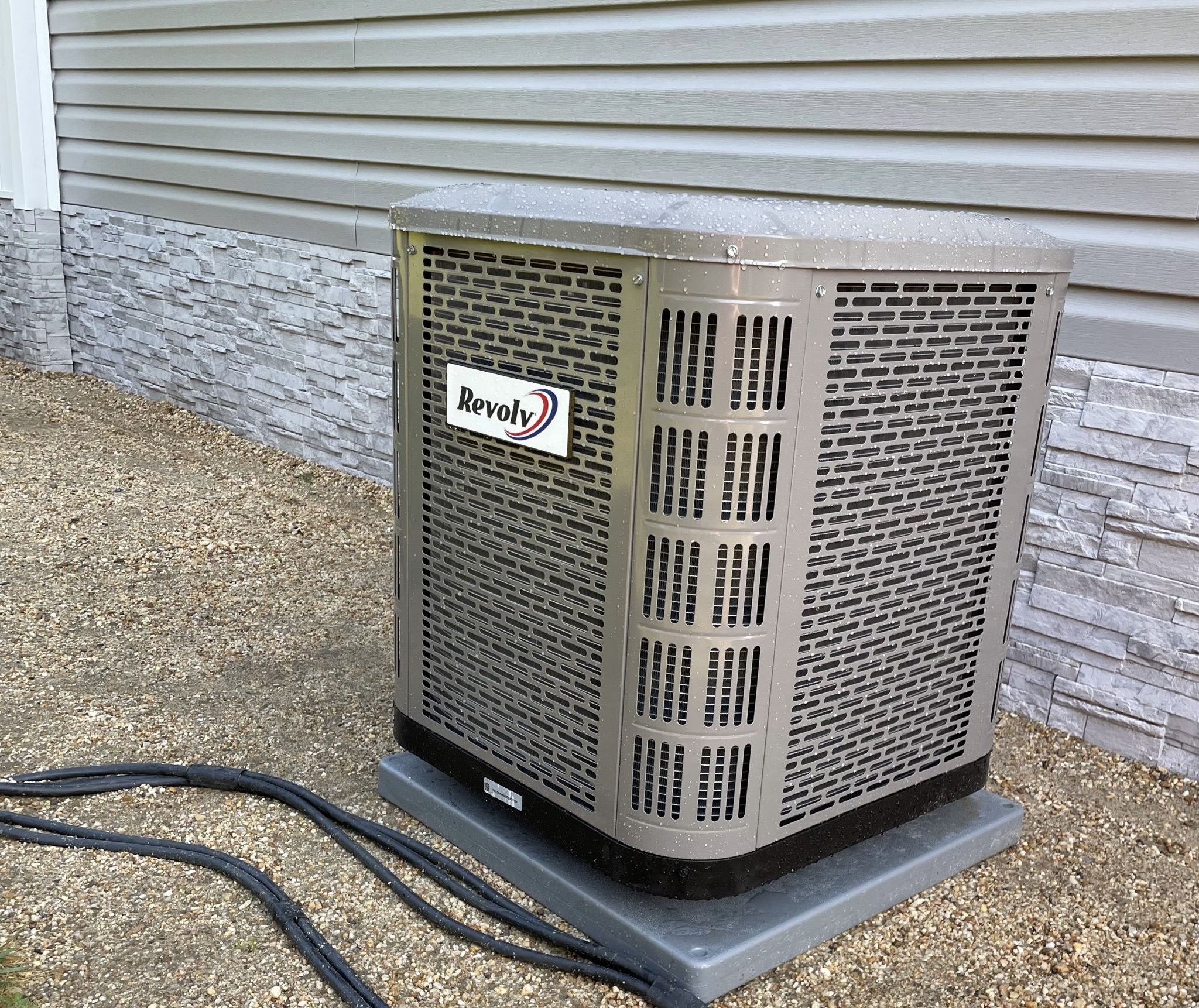
When it comes to air conditioning, sometimes what appears to be a big problem can be a simple and inexpensive fix. During the summer months when the humidity is high and the temperatures are soaring, it is not uncommon to have a capacitor fail in your outside condensing unit. Unfortunately, it will often fail at the worst time, leaving you without cool air in the summer heat. The good news is this is not an expensive part to replace. However, you should not attempt to replace it yourself. This is a repair best left to the professionals, so be sure to call an HVAC contractor to handle this service for you. There are many varieties of capacitors available, and it is crucial that yours is replaced with the correct model and specification
If your A/C unit fails to cool your home, there are some things you can do to troubleshoot that will save you time and money before calling a professional contractor.
1. Check your thermostat
Ensure your thermostat is set to cool and the fan is set to “on” or “auto”. Make a note of what the temperature is in your home and what temperature your thermostat is set at for cooling.
2. Check your air filter
In most cases, your air filter will be in or near your furnace. Make sure that it is not excessively covered with dust, lint, or pet hair and that air is flowing back to your furnace. This is especially important in manufactured homes as they often do not have a return air system built into the home. With an electric furnace, the filters may be metal and sitting on top of your a-coil. This may be a good time to remove and wash that filter and then replace it back on your unit. With a gas furnace in your mobile home, the filter is most likely inside your furnace door. If it is dirty or clogged, now is a good time to remove and replace it. If you do not have a replacement filter handy, leave the dirty one off but get a replacement as soon as possible. Do not leave your furnace without a filter for more than a day.
3. Check your floor registers
Make sure all your floor registers are open and there are no restrictions for air moving through these registers.
4. Check your circuit breaker
Open your main electrical box and look for a double pole breaker that should be marked as A/C unit or compressor. A double pole breaker is two breakers tied together, usually 20 to 30 amps in size. Some older units could have an even larger breaker. If this breaker looks like it has been tripped, reset it by pulling the breaker all the way over to the off position and then returning it to the on position. Do not attempt to replace this breaker by yourself. If the breaker will not reset, call a licensed professional immediately.
5. Check your outside A/C or heat pump condenser
Look to see if the fan on your outside unit is moving and blowing warm air from your unit. Listen for the compressor inside your unit to see if you can hear it running. There will often be a data plate on the outside of the unit. Take a picture of it with your phone if you can or try to write down the model and serial number of the unit if it is available. Also, look for any ice build-up on your outside A/C unit. If the coil is covered with ice or you see excessive ice around the copper lines coming to your unit, turn the unit off right away. Call your HVAC professional and let them know that your unit has ice around it. This is usually an indication that your unit is low on refrigerant or that there is not enough air moving back to the furnace. The same applies if you see excessive ice around the a-coil located in your furnace cavity. Again, turn the A/C off immediately and call your professional. While you’re outside, check your outdoor A/C unit coils for any cottonwood, grass clippings, dust, or other debris. Hosing off these items can increase the performance of your A/C.
Taking these steps may bring your A/C or heat pump back on to the cool position. If it does, congratulate yourself on saving the cost of a house call and needless repair, not to mention getting a cooler home when you need it. If there is still an issue, contact a reputable HVAC service technician and provide them with the information you have gathered up from these notes. This will save you time and money by providing the technician with valuable information that will allow them to be better prepared to fix your A/C unit on the first call.
If your compressor is still not blowing cool air and your unit is less than seven years old, there is a good chance that the capacitor has failed. If so, your technician will have you up and running again in no time at all and at a cost that won’t break the bank. Don’t forget to schedule regular HVAC maintenance appointments, with spring and fall clean and checks, to keep your systems in top shape. If you are looking for a qualified technician but don’t know who to call, contact your rep at General Supply, and they will be glad to be of assistance.
